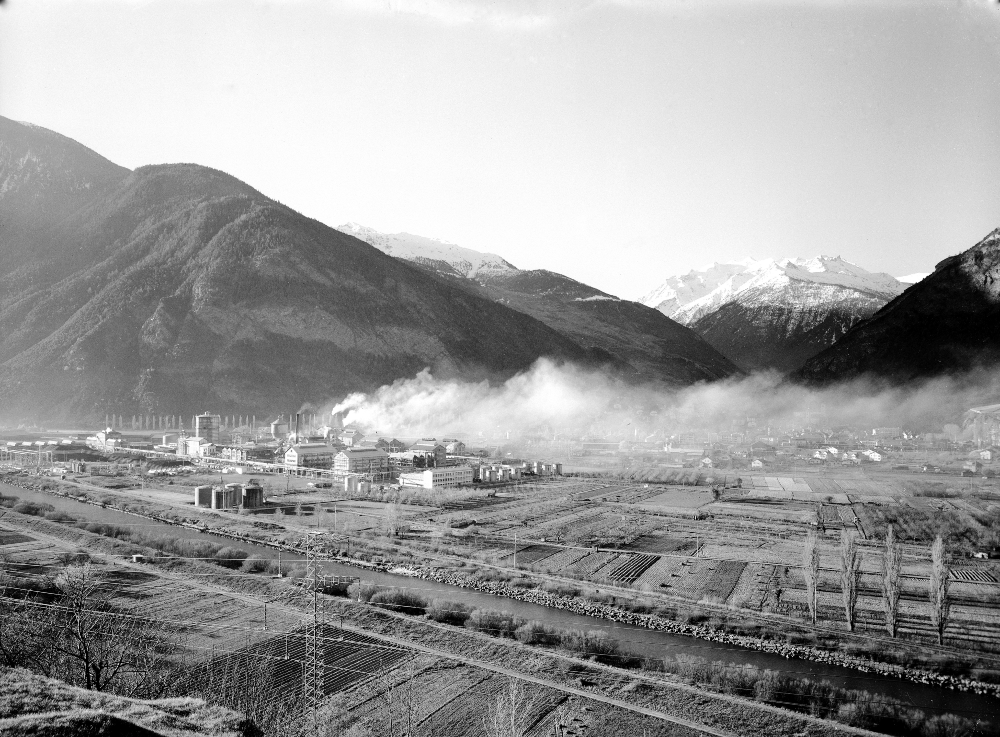Seminari: Toxic Highlands. The back and forth of mercury contamination in the Swiss Alps (1917-today
CICLE TÒXICS (IN) VISIBLES
Seminari impartit per Alexandre Elsig, Interdisciplinary Centre for Mountain Research, University of Lausanne (Suïssa)
The canton of Valais in the Swiss Alps is well known for its high mountains and wild landscapes, less for its industrial plants. However, linked to the development of hydropower since the beginning of the 20th century, the upper Rhône Valley was a important place of industrial development, especially through chemical and aluminium factories. One of them, the Lonza plant in Visp, is now under the spotlight : in 2014, one of the biggest mercury contamination of the soils in Europe was discovered along the waste water channel of the factory.
This case is a good example of the back and forth of pollution phenomena and the oscillation between their visibility or invisibility. In the Lonza case, the invisibility cleary dominates for almost a century. The mercury leaks began already in 1917. Despite the complaints of fishermen, mercury continued to be rejected into the waters. In the 1970s, dissent reappeared after the discovery of the contamination of Lake Geneva, more than 100 kilometers downstream. Once again, Lonza was under pressure but the local community remained still and the negociations were done behind the scenes. In 2014, the construction of the highway finally revealed the massive dissemation of the mercury. State representatives told that the long oversight of this problem was the result of a different sensitivity of the past society regarding environmental issues. This is only partially the case. If we want to tell the whole story, we have to take into account other causalities : first, the close link between the scientifical and technical expertise and the company, then the silent compensations of the environmental damages and finally the social and economical dependency of a territory that had transformed itself from a rural to an industrial district in only a few decades.
El seminari es pot seguir en línia: http://reunion.uv.es/hcc2
Lonza chemical plant from 1963. The copyright is: "Max-Francis Chiffelle, Médiathèque Valais - Martigny"

















